Picking the right database for your web app is a big deal – it’s one of the most important choices your development team will make. And with global web traffic expected to hit a massive 4.1 zettabytes per year by 2025, the pressure is on to find a database that can keep up with the demands for speed, scalability, and flexibility.
Some top contenders for modern web apps include MongoDB, loved for its flexible NoSQL approach; PostgreSQL, known for being rock-solid and highly customizable; and Redis, famous for lightning-fast in-memory caching and messaging. Not surprisingly, the database market is booming, projected to hit $71.6 billion by 2026.
As web apps handle heavier and more complex workloads, it’s crucial for developers to consider factors like performance, integrations, and community support when choosing the right database.
In this guide, we’ll break down the top database options for web apps and see how they stack up on key features. Whether you’re building a straightforward CRUD app or a high-performance real-time platform, picking the right database can make all the difference.
Contents
- Getting to know web app databases
- What types of databases are available for web applications?
- Key functions of web-based Database Management Systems for business
- Top 10 web application databases for 2025 and beyond
- To wrap it up
Getting to know web app databases
Web app databases are the engines behind how apps store and manage data. They handle everything from database queries to API calls, supporting key operations like creating, reading, updating, and deleting data (CRUD). Designed for multiple users to access at the same time, these databases typically come in two main types: SQL and NoSQL.
- SQL databases: Think of these as the highly organized type. They use tables with fixed structures and defined relationships—examples include MySQL and PostgreSQL.
- NoSQL databases: These are more free-spirited, with flexible formats like documents or key-value pairs, as seen in MongoDB and Redis.
So, what’s the difference? SQL databases are great when you need consistency and structure, while NoSQL databases shine when dealing with unstructured or quickly changing data. The right choice depends on your app’s specific needs and the type of data you’re working with.
What types of databases are available for web applications?
When it comes to databases for web applications, the choice boils down to two main categories: SQL and NoSQL. Each has its strengths, and the best option depends on your application’s needs, data structure, and growth plans.
Here’s a breakdown of the main types of databases used for web applications:
SQL databases
SQL databases, also known as relational databases, store data in structured tables with predefined schemas. They use SQL (Structured Query Language) to manage and query data. These databases are highly reliable and maintain data consistency, making them ideal for applications that need structured relationships and transactional accuracy.
- Strengths:
- High consistency and reliability.
- Complex query support.
- Strong community support and extensive documentation.
- Weaknesses:
- Rigid schemas, making it challenging to adapt to changing data structures.
- Performance can degrade with large volumes of unstructured data.
- Best for:
- Applications with structured data and transactional needs, such as e-commerce, finance, and HR systems.
- Examples: MySQL, PostgreSQL, Microsoft SQL Server, SQLite.
NoSQL databases
NoSQL databases provide flexibility by allowing data storage in formats like documents, key-value pairs, graphs, or columns. They are ideal for applications dealing with large amounts of unstructured or semi-structured data, as well as real-time scaling requirements.
Document-oriented databases
- Use case: Applications with dynamic or evolving schemas.
- Examples: MongoDB, CouchDB.
Key-Value stores
- Use case: Fast lookups and session management.
- Examples: Redis, Amazon DynamoDB.
Column-family databases
- Use case: Big data analytics and time-series data.
- Examples: Apache Cassandra, HBase.
Graph databases
- Use case: Applications with complex relationships, such as social networks and recommendation systems.
- Examples: Neo4j, Amazon Neptune.
- Strengths:
- Flexible data models for unstructured and semi-structured data.
- Scales horizontally across distributed systems.
- Weaknesses:
- Less consistency compared to SQL databases (eventual consistency models).
- Learning curve can be steep for certain database types, like graph databases.
- Best for:
- Real-time analytics, content management, IoT apps, and applications with dynamic data needs.
The choice between SQL and NoSQL depends on your application’s data requirements:
- Need strict structure and transactional consistency? Go with SQL.
- Need flexibility and scalability for dynamic data? Opt for NoSQL.
By understanding your use case and data patterns, you can make an informed choice that enhances your application’s performance and scalability.
| Database Type |
Sub-Type |
Strengths |
Weaknesses |
Best For |
Examples |
| SQL |
Relational Databases |
High consistency, predefined schema, supports complex queries |
Rigid schema, slower with unstructured data |
E-commerce platforms, ERP systems, financial apps |
MySQL, PostgreSQL, SQLite |
| NoSQL |
Document-Oriented |
Flexible schema, handles unstructured data well |
Less suited for complex queries or highly relational data |
Content management, IoT apps, real-time analytics |
MongoDB, Couchbase |
| |
Key-Value Stores |
Fast read/write performance, simple structure |
Limited query functionality |
Session storage, caching, metadata storage |
Redis, Amazon DynamoDB |
| |
Column-Family Stores |
Optimized for wide, sparse datasets, high scalability |
Not ideal for transactional systems |
Big data analytics, log aggregation, recommendation systems |
Apache Cassandra, HBase |
| |
Graph Databases |
Ideal for managing relationships, flexible data models |
High learning curve, less mature ecosystems compared to SQL |
Social networks, fraud detection, recommendation engines |
Neo4j, Amazon Neptune |
Key functions of web-based Database Management Systems for business
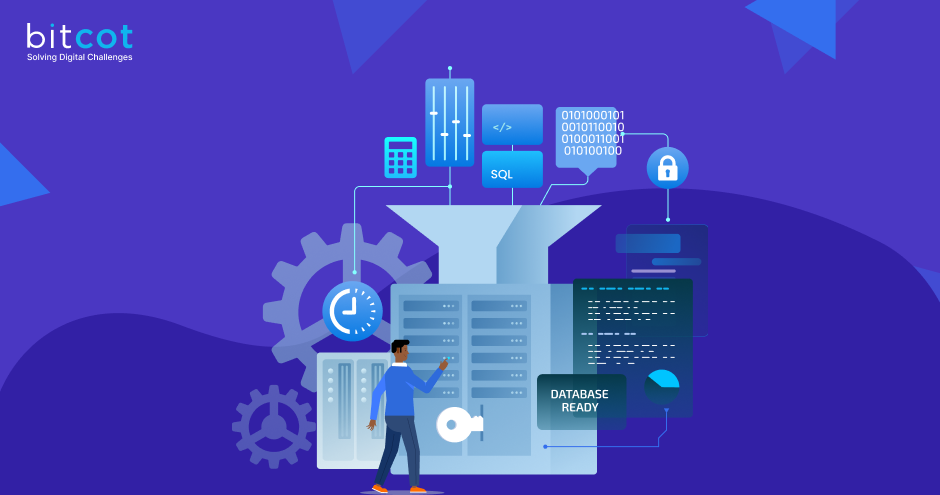
Web-based database management systems (DBMS) are essential tools for modern businesses, offering centralized control over data storage, access, and processing. They ensure smooth operations, enable data-driven decisions, and support business growth.
Here are some of the key functions of web-based DBMS:
Data storage and retrieval
The primary function of a DBMS is to store data efficiently and allow quick retrieval through structured queries. This ensures businesses can access and manage their data as needed, whether for customer profiles, inventory records, or financial transactions.
Multi-user access and concurrency
Web-based DBMS solutions enable multiple users to access and work with the database simultaneously without conflicts. This is crucial for collaborative environments like CRM platforms or ERP systems.
Data security and access control
A robust DBMS offers layered security, including user authentication, role-based access, and encryption. This ensures sensitive data is protected and accessible only to authorized users, maintaining compliance with regulations like GDPR or HIPAA.
Scalability and performance optimization
As businesses grow, their data needs expand. Web-based DBMS can scale to accommodate increasing workloads, optimizing performance through features like indexing, caching, and load balancing.
Data integrity and consistency
DBMS ensures data accuracy and consistency through constraints, validation rules, and transaction management. This is vital for maintaining reliable data, particularly in transactional applications like online banking or e-commerce.
Backup and recovery
A good DBMS includes automatic backup and recovery features, protecting businesses from data loss due to system failures or cyberattacks. These features allow for quick restoration of operations with minimal disruption.
Integration with business applications
Modern DBMS platforms can integrate seamlessly with other business tools, such as analytics software, cloud services, and automation platforms. This enables a unified workflow and better decision-making through real-time data insights.
Top 10 web application databases for 2025 and beyond
#1 MySQL
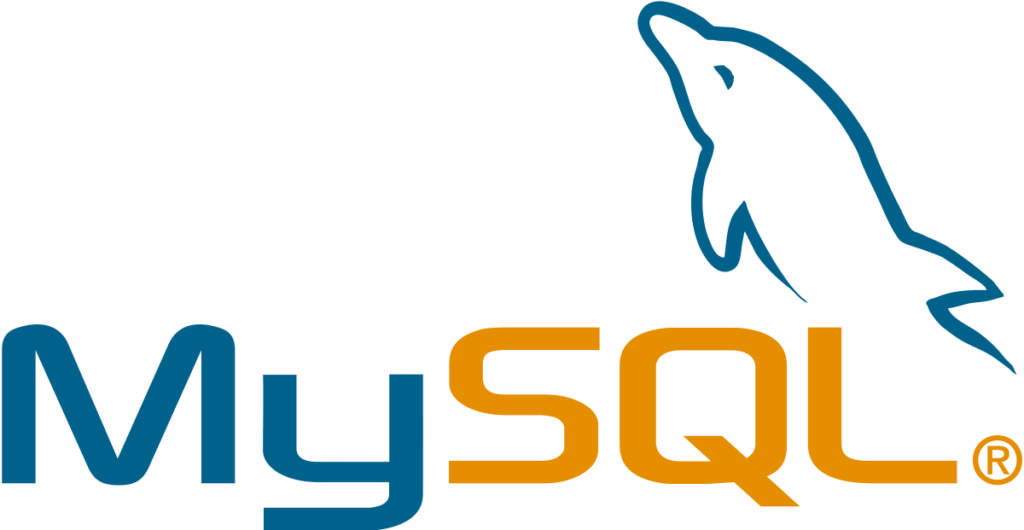
MySQL is one of the most widely used open-source relational databases globally, making it a go-to choice for web applications. Owned by Oracle, it powers major platforms like Facebook, Twitter, and Spotify, showcasing its reliability.
This database excels in handling SQL queries, transaction processing, and multithreaded operations efficiently. Features like row-level locking and a mature query optimizer keep it fast, while tools like MySQL Workbench simplify management.
Its versatility also makes it compatible with popular frameworks like Python, PHP, Ruby on Rails, and Java, ensuring smooth integration for developers.
#2 MongoDB
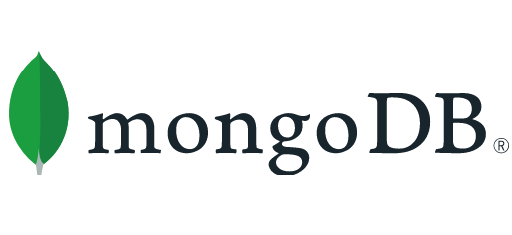
MongoDB is a NoSQL database that stands out for its flexible, document-based model. Instead of rigid tables, data is stored as JSON-like documents, making it easier for developers to map to their code. It’s perfect for scalable, high-performance apps.
Other standout features include secondary indexes, powerful aggregation tools, and built-in search capabilities.
With its ability to handle massive workloads through horizontal scaling, MongoDB is ideal for real-time analytics and user session data. Companies like Uber, eBay, and The New York Times trust MongoDB to power their applications.
#3 PostgreSQL
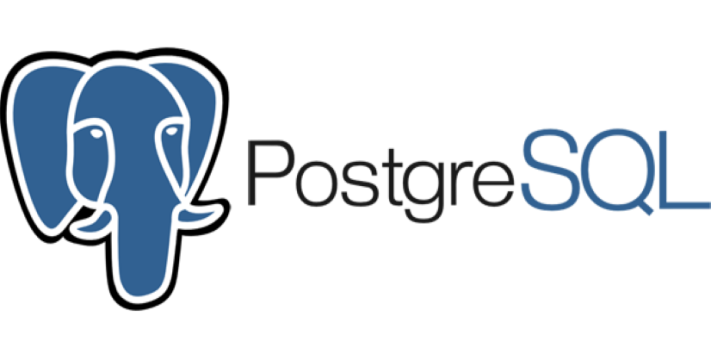
PostgreSQL is a powerhouse of an open-source database, known for its reliability and extensibility. With support for custom data types, operators, and functions, it’s a favorite for complex and heavy workloads.
Designed with compliance to ACID principles, PostgreSQL ensures data consistency even under stress. Advanced features like cost-based optimizers and asynchronous replication help it deliver excellent query performance. Big names like Reddit and Cisco rely on PostgreSQL for its stability and enterprise-grade capabilities.
#4 Microsoft SQL Server
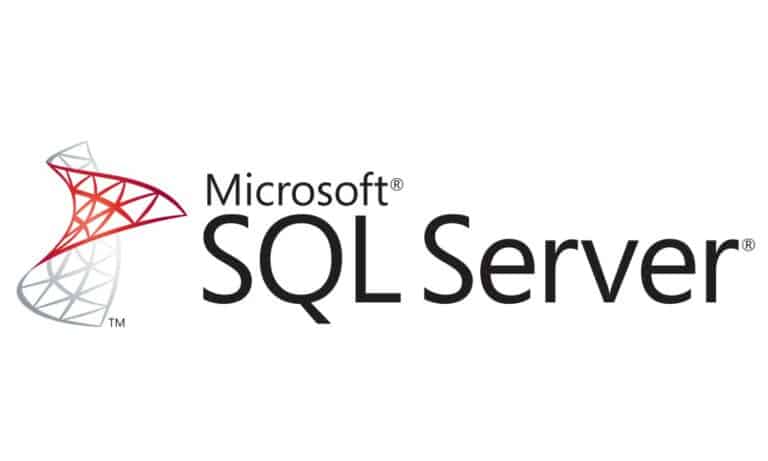
Microsoft SQL Server is an enterprise-grade database packed with tools for business intelligence, reporting, and machine learning. It’s designed to handle mission-critical applications, offering features like always-on availability groups, log shipping, and advanced security measures.
Its integration with Microsoft’s ecosystem—Visual Studio, Power BI, and Azure—makes it a top choice for businesses. Companies like UPS and Dell use SQL Server for its unmatched combination of security, performance, and availability.
#5 Redis
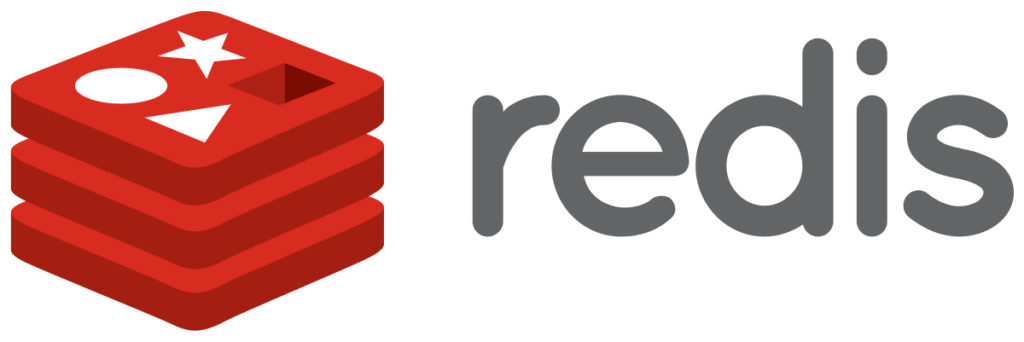
Redis is all about speed. This in-memory data store is widely used for caching, real-time messaging, and streaming. With microsecond response times, Redis shines in scenarios where speed is critical, such as managing session data or caching query results.
Its support for data structures like strings, hashes, and lists makes it versatile. Companies like Pinterest, Twitter, and GitHub leverage Redis for its simplicity and performance.
#6 Cassandra

Cassandra, originally developed by Facebook, is a distributed NoSQL database designed for scale. Its peer-to-peer architecture ensures there’s no single point of failure, making it incredibly reliable.
With its ability to handle huge datasets and high traffic, Cassandra powers platforms like Netflix, Instagram, and eBay. Its tunable consistency levels and linear scalability make it a favorite for web-scale applications.
#7 Oracle Database
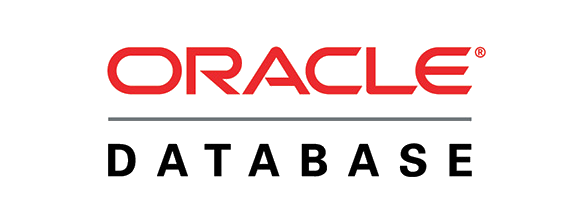
Oracle Database is the heavyweight champion of enterprise databases. Known for its advanced tuning and high performance, it supports mission-critical applications across industries.
Features like in-memory caching, partitioning, and parallel query execution ensure speed and reliability. Top brands like Visa and Chevron rely on Oracle for its robust security and stability in handling high-value data.
#8 SQLite
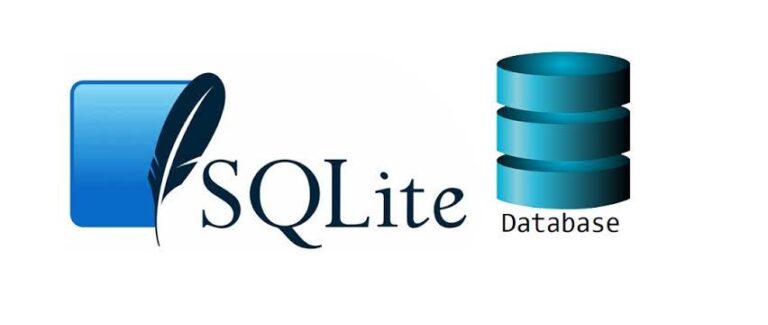
SQLite is the lightweight contender in this list. With no setup required, it’s a self-contained database ideal for simpler applications. Its compact design makes it perfect for mobile apps or small-scale web projects.
Despite its size, SQLite adheres to the full SQL standard and delivers impressive speed for CRUD operations, making it a practical choice for basic needs.
#9 IBM Db2
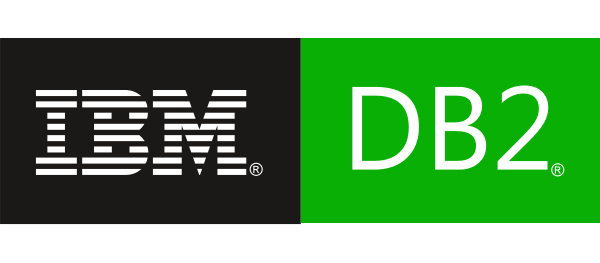
IBM Db2 excels at handling mixed workloads and big data analytics. Its AI-driven optimization and automation reduce administrative overhead, while advanced security features like data masking ensure privacy.
Used by companies like BMW and Lufthansa, Db2 offers the performance and scalability needed for data-intensive web applications.
#10 MariaDB

MariaDB, a community-developed fork of MySQL, is designed for modern infrastructure. It supports additional data types like JSON and geospatial data, along with advanced replication and clustering features.
Major players like Google and Mozilla use MariaDB for its scalability and open-source flexibility, making it a strong alternative to MySQL.
To wrap it up
Picking the right database for your web application isn’t just a tech decision – it’s a game-changer for your business. The right choice means faster performance, happier users, and a system that grows with you.
A well-chosen database ensures your app runs smoothly, handles growth effortlessly, and delivers an exceptional user experience. Whether you’re working on a small project or building a complex, enterprise-grade platform, the database you pick today can impact your performance, scalability, and long-term costs.
From MySQL’s reliability to MongoDB’s flexibility, there’s no one-size-fits-all answer. Each database offers unique benefits tailored to specific use cases, and finding the right fit requires a deep understanding of your app’s requirements, data structure, and future growth plans.
But here’s the truth: the database landscape is vast and constantly evolving. New tools and technologies are emerging all the time, making it harder to decide which solution is best for your business. That’s where having a trusted partner makes all the difference.
Remember, your database isn’t just about storing data – it’s about empowering your app to do more, perform better, and scale smarter. And with the right database in place, you’ll be ready to tackle any challenge your business faces.